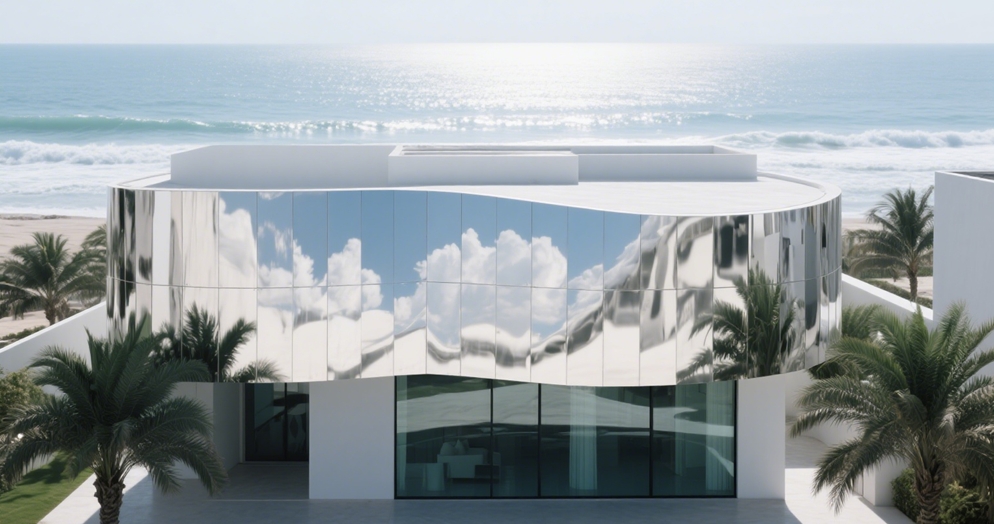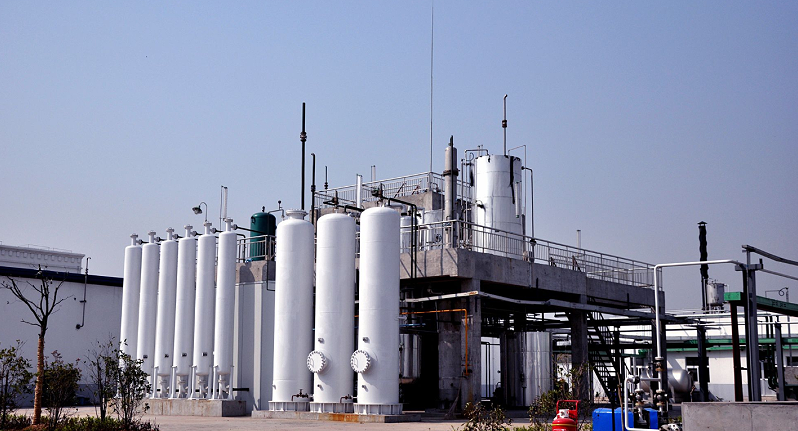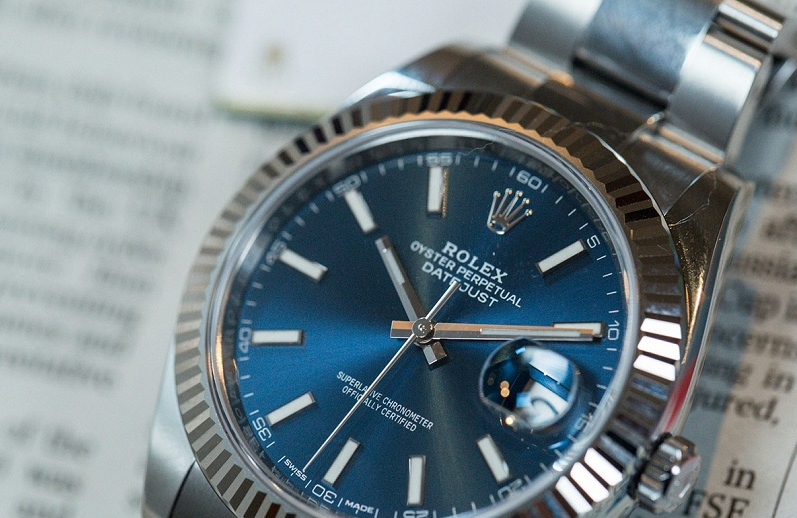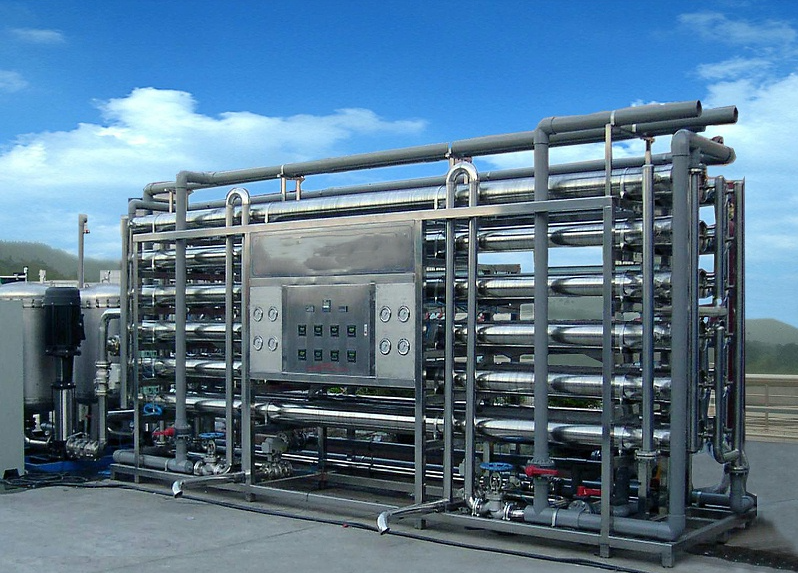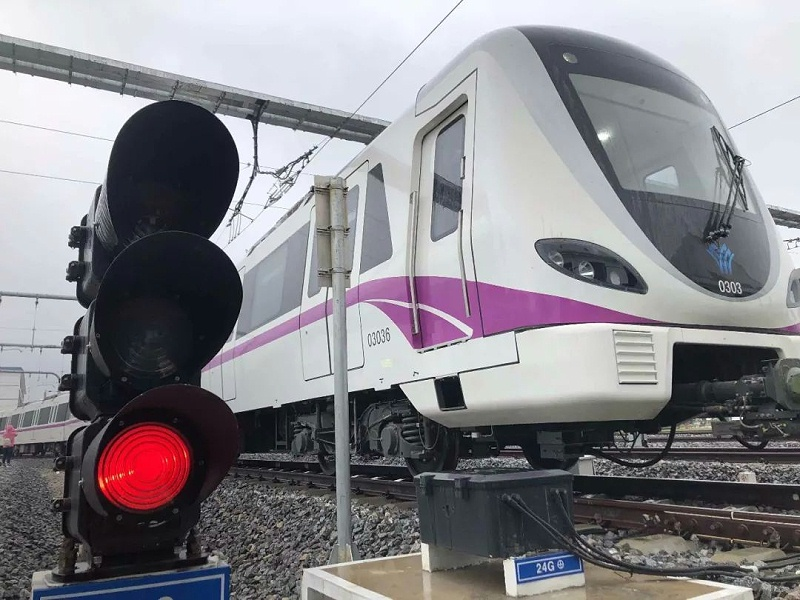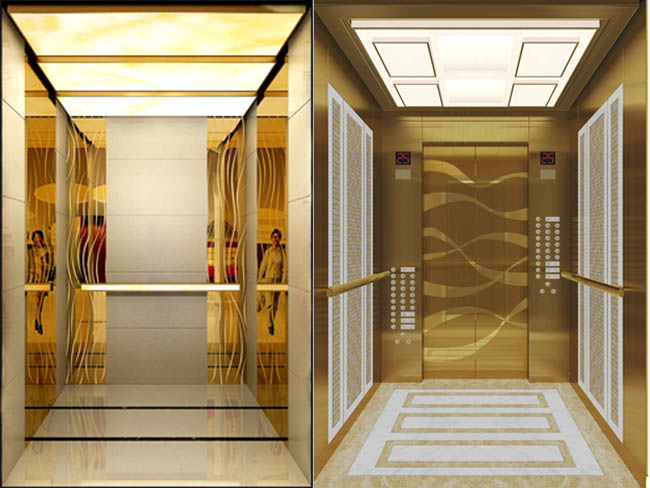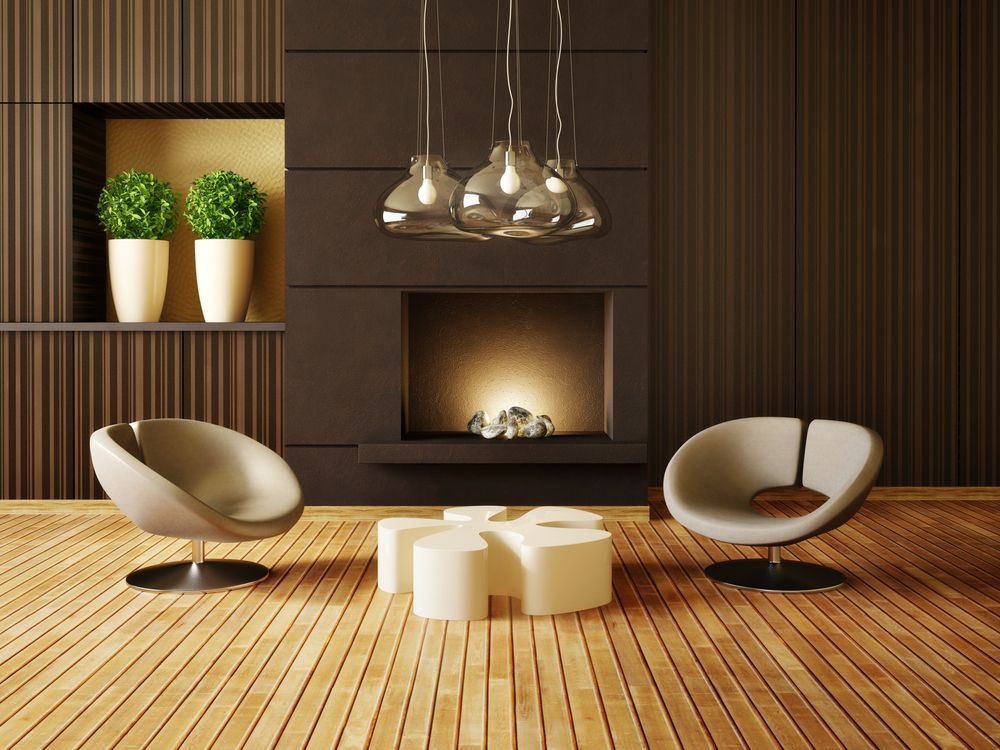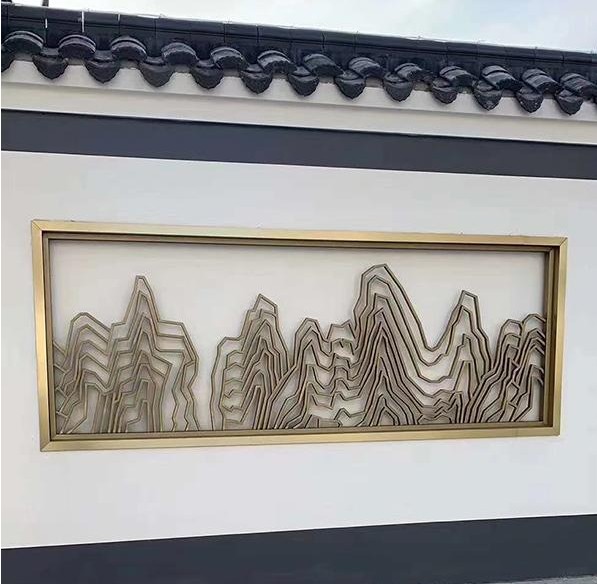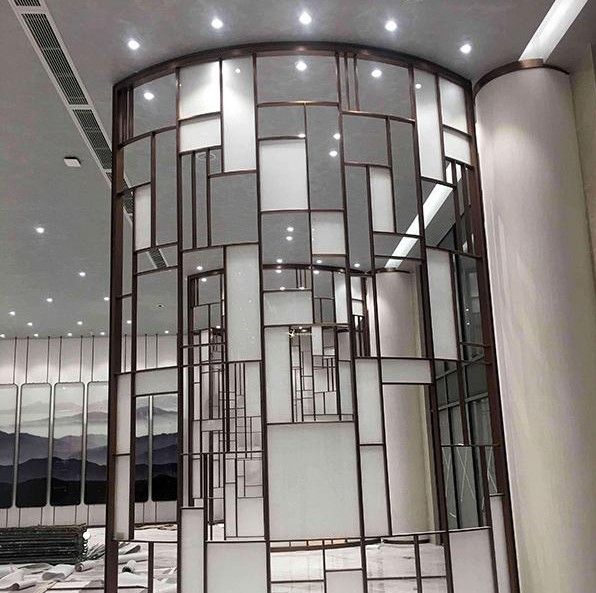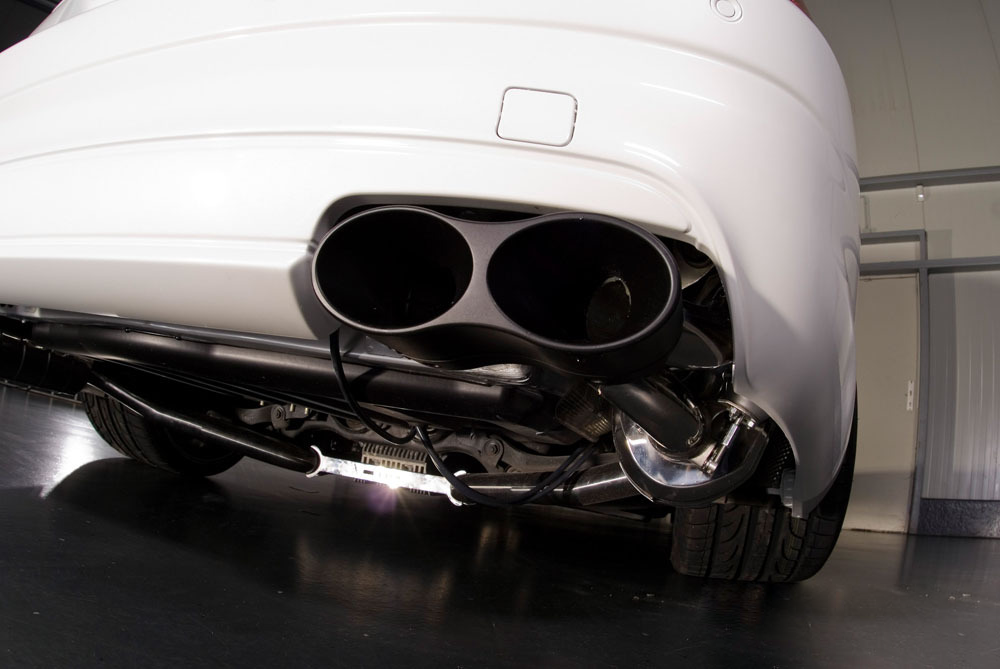China’s building exterior wall materials are shifting from aluminum-plastic panels to fluorocarbon aluminum panels to anodized aluminum panels to stainless steel panels.
Fluorocarbon aluminum panels begin to oxidize after 10-15 years of use, while anodized aluminum panels have a maximum lifespan of 25 years. This 10-25-year lifespan means they may need to be replaced, resulting in secondary replacement costs and resource waste, significantly increasing the overall building’s operating costs.
According to statistics, stainless steel accounts for 5% of curtain wall usage, while aluminum panels account for 95%. In recent years, architects have favored stainless steel curtain wall designs, and its use in curtain wall decoration has become increasingly widespread. With an annual growth rate of 20% in China’s stainless steel curtain wall projects, the proportion of stainless steel in curtain wall applications is expected to reach 20%-30% in the future. Stainless steel is poised to dominate the curtain wall market, ushering in a major transformation. In the past, stainless steel was expensive, complex, and difficult to control during production. It also required high-quality processing equipment, making it a rare option for factories capable of mass production. However, aluminum panels offer lower costs, are simple to produce, and require less equipment, making them suitable for most manufacturers. Current architectural trends place high demands on material durability and environmental friendliness. The use of stainless steel for curtain walling is inevitable. As a company integrating stainless steel design, processing, and production, our manufacturing technology is at the forefront of the industry, and we are confident in serving this large market.
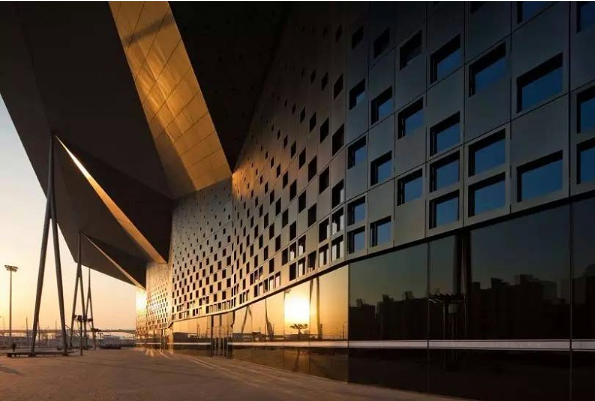
Currently, the stainless steel used for curtain walls is primarily 316L stainless steel (022Cr17Ni12Mo2):
1. Excellent corrosion resistance and durability, making it an ideal choice for overcoming corrosion problems in steel structures and extending their service life.
2. Good processability: It offers excellent mechanical properties, high strength and hardness, along with excellent ductility and formability, making it easy to process and weld.
3. Excellent high-temperature resistance and low-temperature toughness: Stainless steel exhibits superior residual strength and stiffness at high temperatures compared to ordinary carbon steel, making it suitable for fire protection applications. Its impact toughness at low temperatures is also superior to that of ordinary carbon steel.
4. Good impact resistance: Its excellent ductility allows it to absorb significant amounts of energy when subjected to impact.
5. Easy recycling: It is 100% recyclable and reusable, contributing to sustainable development.
6. It meets architectural and aesthetic requirements: Its inherently beautiful appearance and diverse textures complement well with materials such as stone, wood, and glass, allowing it to be constructed into a variety of architectural forms, integrating architectural aesthetics into the structure.
7. Higher initial cost: The initial cost of a stainless steel structure is about 4 times that of an ordinary carbon steel structure of the same type. However, if the full life cycle cost of material cost, maintenance cost, rust prevention treatment and fire prevention treatment is taken into account, stainless steel structures have a greater advantage.
 Xinliheng Acciaio inossidabile
Xinliheng Acciaio inossidabile


